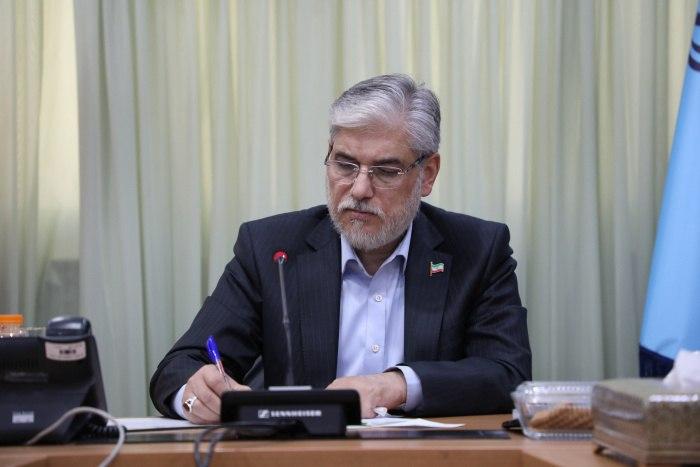The Minister of Science, Research, and Technology stated that preserving and revitalizing the cultural and civilizational heritage of the country's authentic regions, especially the land of Garous, requires the empathy, cooperation, and collective effort of all scholars, researchers, and enthusiasts of Iranian culture and history.
Minister of Science's Message to the National Conference on Garous Studies: Preserving Garous's Cultural Heritage Requires Empathy and Collective Action

In his message to the opening ceremony of the National Conference on Garous Studies, read by Dr. Bahram Nasrollahizadeh, the conference's scientific secretary, Dr. Hossein Simaee expressed his gratitude to the organizers of this scientific and cultural event. "I ask Almighty God to grant us all the success of sincere service on the path of science and development," he said.
He added, "The presence of scholars from all corners of Islamic Iran at this conference is a source of blessing and hope for the scientific and cultural growth of Kurdistan province and Bijar county."
Dr. Simaee noted, "Now, in the colorful autumn season, coinciding with the start of the new academic year, the University of Kurdistan, as the jewel of science and virtue in the west of the country, is hosting an event whose subject is one of Iran's oldest and richest cultural regions, Garous."
Referring to the historical and cultural significance of the Garous region, the minister said, "Garous has long been one of the important civilizational and cultural centers of western Iran. In addition to its distinguished geographical location, it has played an effective role in Iran's historical structure from the Safavid era to the present. This region has been the cradle of great and renowned men who have rendered valuable services in the fields of culture, literature, and national politics."
Recalling the luminaries of this region, he added, "Prominent figures from Garous include Amir Reza Garrousi, Amir Moazzez, Alireza Khan Garrousi, Abdolhossein Khan Salar Malek Garrousi, Gholamali Bayandor, and Kamran Nejatollahi, whose names are a golden page in Iran's history."
Dr. Simaee continued, "This conference is a valuable opportunity for thinkers and researchers to examine the region's opportunities and challenges through deep, scientific, and targeted research and to propose solutions for its sustainable development. Undoubtedly, the preservation of such a valuable heritage is only possible through collective cooperation and the linkage between scientific, cultural, and social institutions."


















